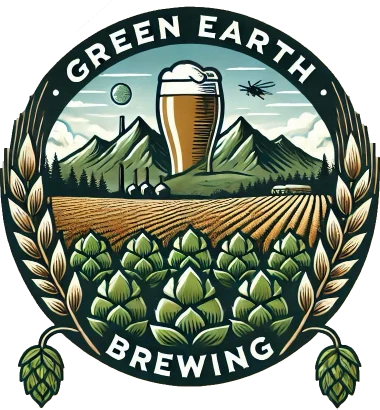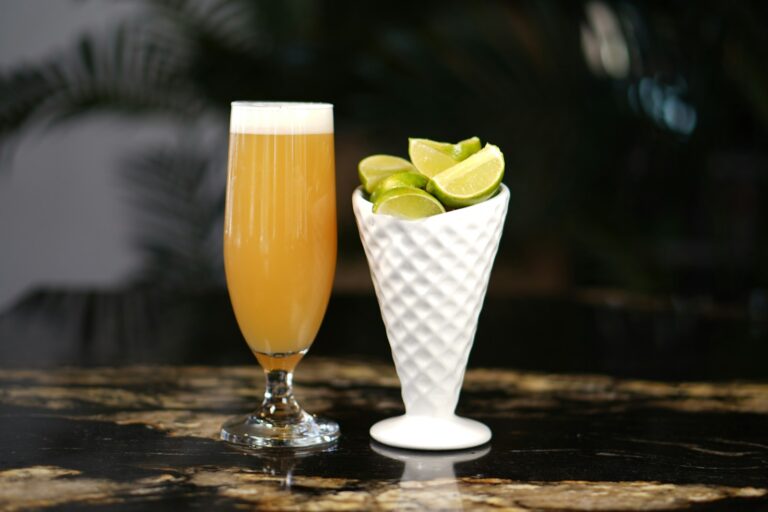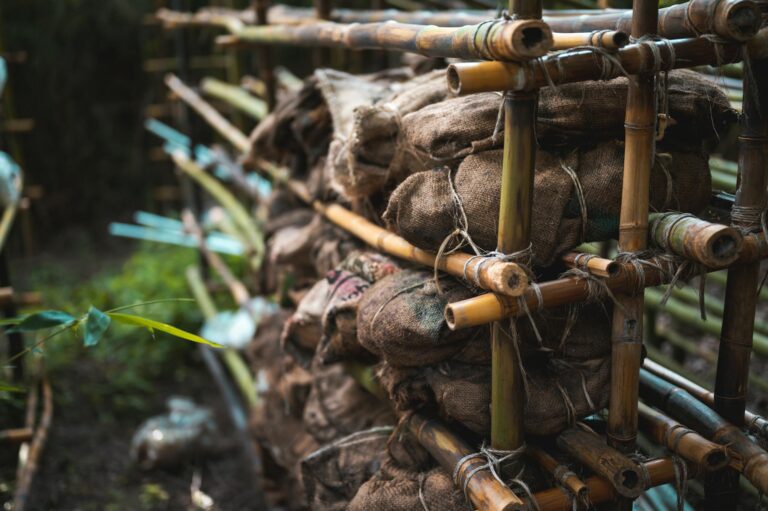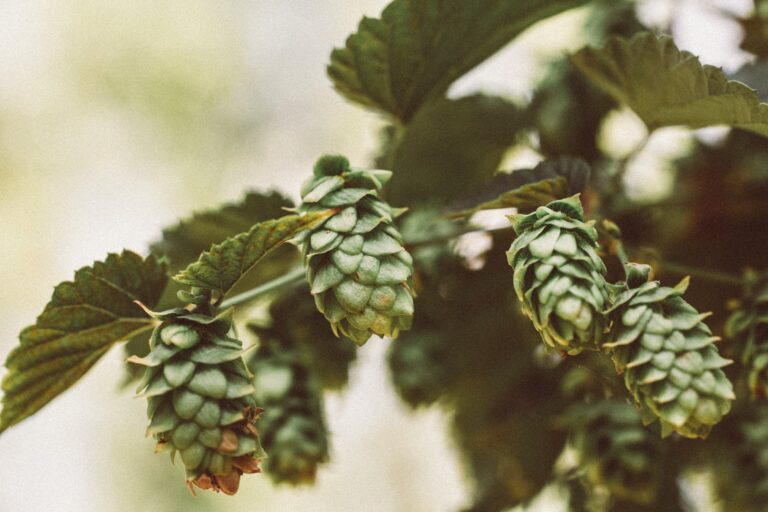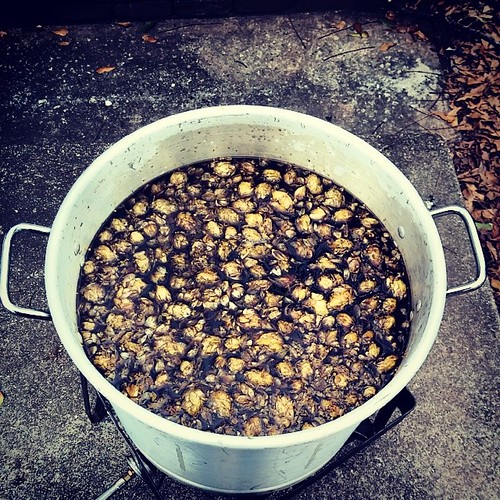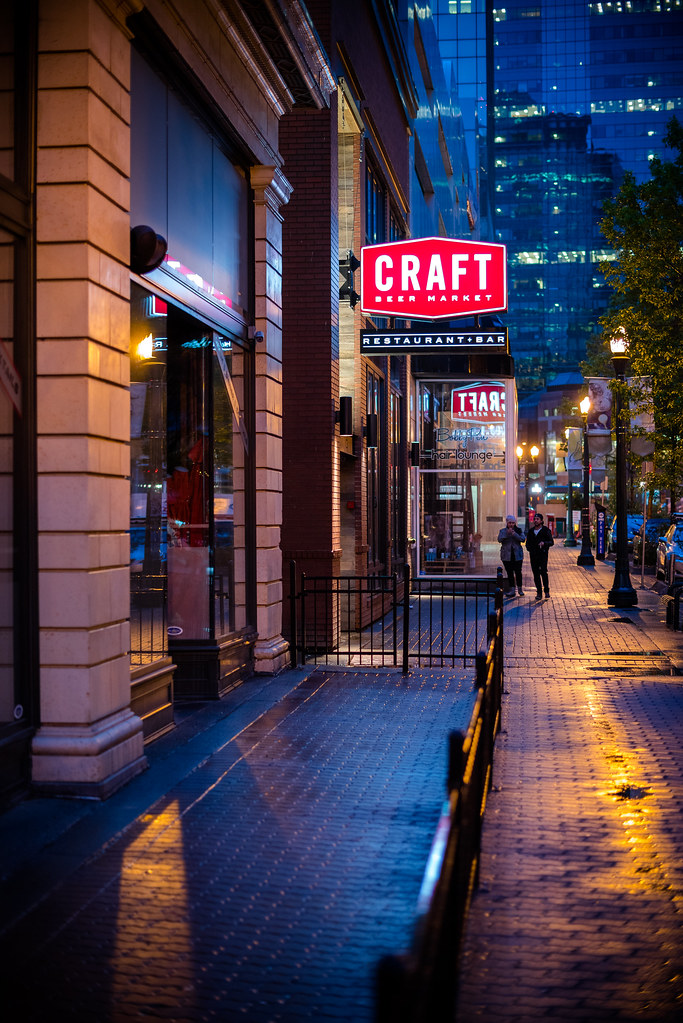Next time you’re sipping a craft beer at your local brewery, take a moment to consider this: for every glass of beer you enjoy, about two pounds of “waste” material was created during brewing. But at Green Earth Brewing Co., we don’t see waste – we see opportunity. In our constant pursuit of sustainable brewing practices, we’ve discovered that what’s left behind after brewing can be just as valuable as what goes into your glass. From farm feed to fresh-baked bread, our spent grain embarks on an impressive journey that might surprise you. Join us as we pull back the curtain on one of brewing’s best-kept sustainability secrets and show you how we’re turning brewing byproducts into community gold.

From Mash Tun to Farm: Understanding Spent Grain
Every pint of craft beer at Green Earth Brewing Co. tells a story that goes far beyond what’s in your glass. While you’re enjoying our latest IPA or seasonal stout, you might not realize that the brewing process creates something almost magical on the side – spent grain. These humble leftovers, making up about 85% of our brewing byproducts, are the malt and grains that remain after we’ve extracted those beautiful sugars and proteins that give your favorite brew its distinctive character.
Picture this: for every barrel of beer we craft (that’s 31 gallons), we generate around 35-40 pounds of spent grain. Do the math, and you’ll see why finding sustainable solutions for these leftovers keeps our brewing team up at night! While these grains may have given up their brewing potential, they’re still packed with fiber, protein, and nutrients that are too valuable to waste.
But what exactly is spent grain? Think of it like making tea – after you’ve steeped your tea bag in hot water, you get your flavorful drink, but you’re left with the used tea leaves. In brewing, we steep malted barley and other grains in hot water to extract the sugars needed for fermentation. What remains is a nutrient-rich mixture that, until recently, many breweries simply sent to landfills.
At Green Earth Brewing Co., we see these “leftovers” differently. For us, spent grain isn’t the end of a process – it’s the beginning of a new journey. In the following sections, we’ll take you behind the scenes to show you how we’re transforming what could be waste into something wonderful, starting with our local farm partnerships.
Local Partners, Local Solutions: Our Farm-to-Table-to-Farm Loop
When we say “local,” we mean it. Just eight miles down the road, you’ll find John and Sarah Miller’s dairy farm, where our spent grain story continues. Every Tuesday and Friday, John’s red pickup truck pulls up to our loading dock, ready to collect the week’s spent grain. This partnership, going strong for three years now, is more than just a convenient solution – it’s a testament to how small businesses can work together to create sustainable communities.
The Millers aren’t our only partners in this grain-to-farm initiative. We currently work with five local farms within a 20-mile radius of our brewery, including two dairy farms, two cattle ranches, and a small organic vegetable operation that uses our spent grain for composting. Together, we’re redirecting over 50,000 pounds of spent grain every month away from landfills and back into our local food system.
What makes spent grain such a prized resource for our farming partners? It turns out that this brewing byproduct is a nutritional powerhouse for livestock. Rich in protein (around 26%) and fiber, spent grain makes an excellent feed supplement that helps farmers reduce their feed costs while providing their animals with high-quality nutrition. For the Millers’ 200 dairy cows, our spent grain has become a regular part of their balanced diet, contributing to the production of some of the finest milk in the county.
The benefits flow both ways. Our farmers get reliable access to quality feed supplements, and we get the satisfaction of knowing our brewing process supports local agriculture. Plus, many of these same farms supply ingredients for our brewpub kitchen, creating a true circular economy. When you order our popular Farmhouse Burger, you’re likely eating beef from cattle raised by the Thompson family, who use our spent grain as feed – talk about full circle!
Want to see this partnership in action? We host monthly “Farm to Foam” tours where you can follow our spent grain’s journey from brewery to farm. Join us every second Saturday to meet our farmers, see how spent grain becomes animal feed, and enjoy a fresh pint while learning about sustainable brewing practices in our community.
Beyond the Farm: Innovative Uses for Brewing Byproducts
While animal feed might be the primary destination for our spent grain, we’re constantly exploring creative ways to give these nutrient-rich leftovers new life. One of our most exciting ventures has been partnering with Local Loaf Bakery downtown, where master baker Maria Chen transforms a portion of our spent grain into delicious breads and crackers. The result? A nutty, protein-rich bread that’s become a local favorite and a staple in our brewpub’s cheese boards.
But that’s just the beginning of spent grain’s second act. Our brewing team has been experimenting with composting programs that combine spent grain with other organic waste from our kitchen. This rich compost now nourishes the herbs and vegetables in our brewery garden, where we grow fresh ingredients for our seasonal brews and kitchen specials. It’s a small but meaningful step toward our goal of zero waste.
For home brewers looking to join the sustainability movement, spent grain offers plenty of opportunities to get creative in your own kitchen. Try drying and milling it into flour for baking, or mixing it into your compost bin to supercharge your garden’s soil. Just remember to use it quickly – fresh spent grain has a short shelf life of about 48 hours before it starts to spoil. (We’ll be sharing some of our favorite spent grain recipes in upcoming blog posts, so stay tuned!)
Looking ahead, we’re excited about new possibilities on the horizon. We’re currently working with local researchers to explore using spent grain in biodegradable packaging materials, and we’re investigating ways to convert other brewing byproducts – like yeast and hop residue – into useful products. Innovation in sustainable brewing never stops, and we’re committed to being at the forefront of these developments.
Ready to learn more about sustainable brewing practices? Join us for our monthly “Green Brewing Workshops” where we share practical tips for reducing waste in both commercial and home brewing. Whether you’re a fellow brewer, a sustainability enthusiast, or just curious about where your beer comes from, there’s a seat at our table for you. Together, we can raise our glasses to a more sustainable future, one pint at a time.
Crafting a Sustainable Future, One Grain at a Time
At Green Earth Brewing Co., sustainability isn’t just a buzzword – it’s woven into every aspect of our brewing process, from grain to glass and beyond. Through our spent grain initiatives, we’re proud to be diverting over 600,000 pounds of brewing byproducts from landfills each year, supporting local farmers, and inspiring innovative solutions in our community. But this is just the beginning of our sustainability journey.
We believe that true sustainability happens when businesses, farmers, and community members work together toward common goals. Whether you’re visiting our taproom, joining a farm tour, or trying your hand at spent grain baking, you’re becoming part of this larger story. Every pint you enjoy at Green Earth Brewing Co. contributes to a more sustainable future for our community and our planet.
Want to learn more about our sustainability initiatives or get involved? Stop by the brewery, join one of our monthly workshops, or follow us on social media for regular updates and tips. Together, we can prove that great beer and environmental responsibility go hand in hand.
